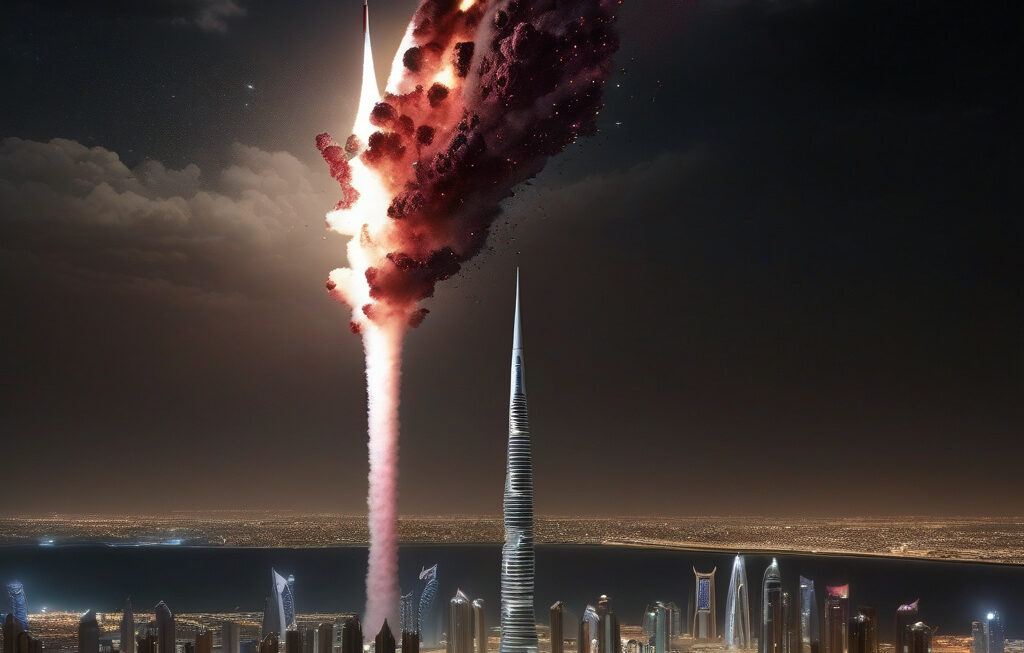Russia Deploys ‘World’s Fastest’ Nuclear Missile that Flies 6 Times the Speed of Sound
Russia is significantly increasing its nuclear capabilities with the deployment of new air-to-air nuclear missiles, including what has been touted as the ‘world’s fastest’ missile, capable of flying at six times the speed of sound. This development marks a significant milestone in Russia’s military arsenal, showcasing the country’s commitment to modernizing its defense systems.
The new nuclear missile, known for its incredible speed and precision, has been designed to outperform existing missile technology. With a speed that exceeds Mach 6, this weapon can cover vast distances in a matter of minutes, making it extremely difficult for traditional defense systems to intercept. This capability gives Russia a strategic advantage in terms of offense, as it can potentially bypass enemy defenses and deliver a swift and devastating blow.
The deployment of such advanced nuclear missiles underscores Russia’s focus on maintaining a strong deterrent against potential adversaries. By investing in cutting-edge technology and continuously upgrading its military capabilities, Russia aims to safeguard its national security interests and protect its sovereignty. The development of hypersonic missiles represents a new era in warfare, where speed and agility play a crucial role in determining the outcome of conflicts.
Moreover, the deployment of the ‘world’s fastest’ nuclear missile serves as a reminder of the ongoing arms race among major global powers. As countries compete to develop more advanced and sophisticated weapons systems, the need for effective arms control measures becomes increasingly urgent. The proliferation of hypersonic missiles poses challenges for international security and stability, raising concerns about the potential for accidental escalation and miscalculation.
In response to Russia’s latest military advancements, other countries may feel compelled to enhance their own defense capabilities, leading to a cycle of escalation. The development of hypersonic technology has the potential to reshape the geopolitical landscape and redefine the dynamics of strategic deterrence. As such, policymakers around the world need to address these emerging threats and work towards promoting dialogue and cooperation to prevent a new arms race.
The deployment of the ‘world’s fastest’ nuclear missile by Russia highlights the need for transparency and confidence-building measures to mitigate the risks associated with advanced weaponry. International agreements such as arms control treaties and non-proliferation initiatives play a crucial role in promoting stability and reducing the likelihood of conflict. Diplomatic efforts aimed at fostering trust and cooperation are essential in addressing the challenges posed by hypersonic missiles and other disruptive technologies.
In conclusion, Russia’s deployment of the ‘world’s fastest’ nuclear missile represents a significant development in the realm of military technology. As hypersonic capabilities become increasingly prevalent, the need for effective arms control mechanisms and diplomatic engagement becomes more pressing. By promoting dialogue and transparency, global leaders can work towards mitigating the risks associated with advanced weaponry and fostering a more secure and stable international environment.
Russia, nuclear missile, military technology, hypersonic capabilities, arms race.












